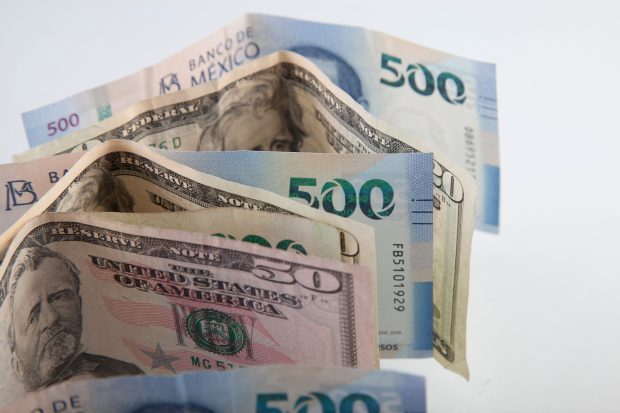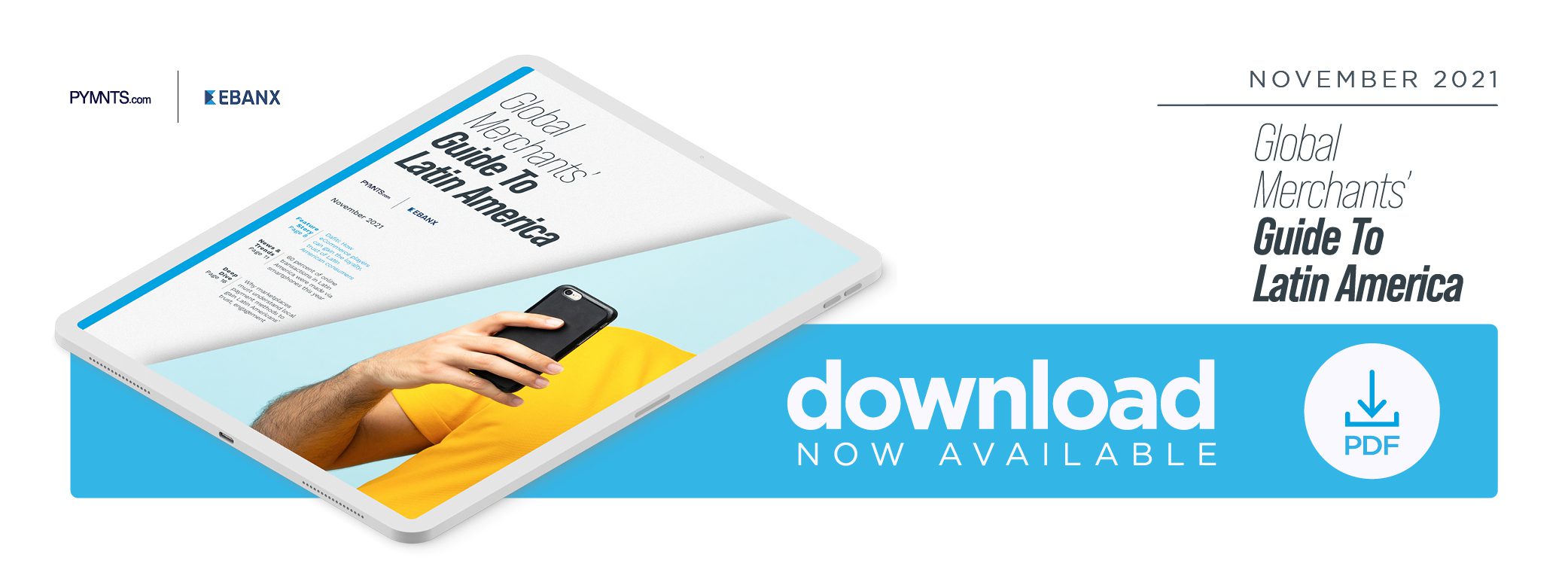Deep Dive: How eCommerce Marketplaces Can Tap Local Payment Methods to Create Lasting Customer Engagement

The global health crisis led to a dramatic rise in digital transactions across Latin America, turning the region into the second fastest-growing eCommerce market worldwide — with sales grossing $200 billion in 2020.
Approximately 52 million Latin American consumers were projected to head online to make purchases for the very first time last year, more than double the estimate of 23 million calculated before the pandemic began.
Latin America has become a hotbed for emerging marketplaces and other digital merchants or payments players as a result, including international marketplaces such as Amazon and streaming services such as Disney+. This, in turn, is making it increasingly difficult to compete for consumers’ attention in the region.
eCommerce as a share of total retail sales grew from 6% in 2019 to 10% in 2020, with continued growth predicted to reach 14% by 2024. Standing out from the crowd requires an understanding of new digital shoppers’ payment preferences, and these are taking shape distinctly in each of the region’s disparate markets.
This can make it especially challenging for international marketplaces to grow loyalty and engagement in this market — Amazon, for example, launched its services in Brazil nearly a decade ago, yet the country’s largely cash-dominant economy and sparse internet access has stymied growth. The marketplace accounted for just over 3% of eCommerce sales in Brazil in 2019. Cash still plays a dominant role in Latin America, even considering the pandemic’s impact, and digital payment preferences are highly localized, varying from country to country.
Learning to navigate this fragmented payments ecosystem is essential for marketplaces seeking to position themselves strongly in the region. The following Deep Dive examines how global eCommerce marketplaces are developing in Latin America and how they can leverage localized payment methods to engage and gain the loyalty of the region’s expanding digital consumer base.
Local Payments’ Importance in Latin American eCommerce
eCommerce has skyrocketed across Latin America in the pandemic’s wake, especially in Brazil, Colombia, Mexico and Peru, with eCommerce sales totaling $6 billion in Peru alone last year — up 50% from 2019. A significant number of Latin American shoppers remain unbanked or underbanked, however. Forty-five million Brazilian consumers — 21% of the population — were unbanked before the pandemic began, for example, making them reliant on cash or other payment methods for their purchases.
These payment needs and preferences have carried over into eCommerce, as underbanked consumers across Latin America remain loyal to these methods, and an understanding of this is critical for marketplaces looking to establish lasting customer relationships in the region. Local payment methods — including cash vouchers, credit card schemes, installment payment options and mobile wallets — are used for a majority of online transactions in Latin America, according to a report, with local cards alone accounting for 58%.
Installment payments solutions are ubiquitous for eCommerce purchases in markets such as Argentina and Brazil, representing 77% and 60%, respectively, of all online purchases made in 2019. Payment solutions tied to mobile devices are gaining steam in markets such as Peru, meanwhile, where 57% of total eCommerce transactions were made on smartphones in 2020. Mexican consumers are tapping voucher solutions such as OXXO, which enables unbanked customers or those who still prefer cash to make payments both at brick-and-mortar stores and online.
Marketplaces, especially those like Amazon that are looking to break into the market, must take these various payment preferences and behaviors into account to gain a foothold in the Latin American eCommerce landscape. Coordinating these different payment options on one convenient platform is a top goal.
Keeping the Payment Experience Personalized
The opportunity for global marketplaces in Latin America is enormous. eCommerce volume in the region is slated to surpass $270 billion in 2021 and climb to $592 billion in 2024 at a compound annual growth rate (CAGR) of 30%. Gaming and streaming are the two eCommerce segments expected to grow the fastest in the region during this period — and marketplaces are the third. The top two marketplaces serving Latin America currently are Mercado Libre, with 668 million visits per month, and Amazon, with 92 million visits per month in Brazil and 73 million in Mexico.
The region shows tremendous growth potential for platforms that can appeal to specific markets, however. Colombia’s Rappi super app, for example, has been credited with driving the rise of eCommerce in that country. Peru has one of the smaller eCommerce markets in the region, but its recent growth rate approaching 200% suggests the country offers a substantial untapped opportunity.
eCommerce marketplaces must adjust their payments experiences and strategies to ensure they are meeting the needs and expectations of increasingly digital consumers in Latin America. This requires supporting a rising variety of local payment methods across the region, so having access to key connective solutions or the right payments partners can be crucial.
Marketplaces that can provide online shoppers, streamers and gamers with smooth, convenient payments experiences in the methods of their choice will have a powerful advantage over the competition. Understanding the role of local payment methods and how to leverage them is the first step to creating lasting customer loyalty in the Latin American digital payments ecosystem.

